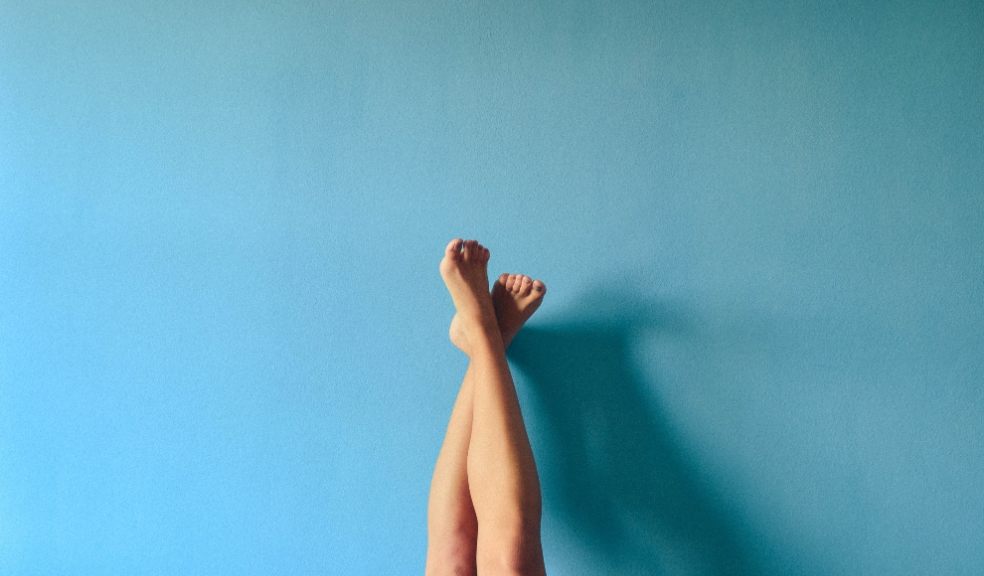
Ingrown hairs: Why do they develop and how can they be effectively removed?
|
The topic of ingrown hairs can cause varying levels of shame and embarrassment for sufferers, making it difficult for people to find answers to the common skin problem. For example, what are the causes of ingrown hairs? Are certain people more prone to them than others? Is there anything that can be done as a preventative measure? With so much confusion relating to the matter of ingrown hair treatment, Nada Ward, Founder of skincare brand Beauty Kin, offers her insight when it comes to the truths and myths surrounding the issue. How to tell if you have ingrown hairs One of the first signs of ingrown hairs is itchiness around the suspected area, usually followed by redness. Another indicator is raised skin, or lumps that appear to be filled with pus, as the area has become inflamed. If you look hard enough, you can usually see a sign of the hair that cannot break through the skin within the lump, which can make it very tempting to try to remove it in a potentially harmful way. Nada says: “Here at Beauty Kin, we like to try and avoid telling people directly what to do, as that is not part of our philosophy. Because of that, I am not going to tell people to not scratch areas of their skin that are itchy, as it can sometimes be unbearable. However, scratching your skin can lead to making the area even itchier, and could possibly lead to scarring. If an ingrown hair has become infected, it could look more like a spot than a lump, and a whitehead could also be present. Even if you do not like the look of ingrown hairs, they are perfectly normal, and will not lead to anything disastrous health-wise. In a society that is so obsessed with skin being smooth and hairless, it is no wonder that ingrown hairs are extremely common.” The most common places ingrown hairs can occur This can depend entirely on where you shave, which is commonly the cheek, throat and neck area for people that grow facial hair. For people that shave their legs and pubic area, ingrown hairs can also be an extremely common issue. When you shave, wax or pluck, hairs start to get thinner and weaker. This is usually in cases where people over-shave or wax too regularly, as the hairs start to find it difficult to pierce the skin. Instead, they roll around beneath the surface of the skin, which creates an ingrown hair. How to prevent ingrown hairs developing It is crucial that your pre-shave ritual is effective and avoids the risk of any inflammation or irritation. First of all, it is very important to exfoliate any dead or dry skin, as this then provides as smooth a base as possible for your razor to glide over. Getting a closer shave means that ingrown hairs are less likely to occur. Exfoliation also helps to maintain healthy hair follicles, allowing your hair to grow back in a normal way. Skipping exfoliation and forgetting to moisturise after shaving can lead to overly dry, coarse skin, which weak hairs will find extremely hard to break through from. Why is exfoliating before shaving so important? The act of exfoliation helps to unclog your pores, wherever they may be, avoiding the risk of the razor simply skimming the very surface of your skin. The kind of razor you choose will also help to avoid any unwanted irritation, as it is always better to opt for one that comes with a built-in moisture layer. Always ensure that razor blades are as sharp as possible, as dull blades will not allow you to achieve a close shave, causing your hairs to become trapped beneath the surface. Is there anything else that can help prevent ingrown hairs? The kind of underwear you use will also have an impact, so make sure you are wearing soft, breathable material at all times. Tight underwear contributes to hairs becoming trapped and ingrown, which is why it’s recommended to wear practical and comfortable items - especially for people particularly prone to ingrowns. When it comes to technique, always try to shave in the direction your hairs are growing, rather than against the grain, rinsing your blades after each movement. Try to keep your skin as relaxed as possible, as pulling it tight could force the hairs back beneath the skin’s surface. How to safely approach ingrown hair treatment The temptation to gouge out an ingrown hair with your fingernails or tweezers is almost too much to bear at times, especially when you first notice an offender. However, attacking an unsterilised area with unclean hands or tools could potentially lead to infection, or even scarring. One of the best ways to approach ingrown hair treatment is to compress the area with a warm flannel to bring the inflammation down. If you attempt to tweeze a hair from a raised, irritated area, it will most likely just bleed and scab over. Similarly, if you try to tweeze out an ingrown from the tip of the hair rather than the root, you run the risk of leaving a fragment of hair under the surface of the skin. You also need to make sure that you exfoliate before any kind of removal, to ensure that the skin is as smooth, clean and as soft as possible. Make sure that you use an exfoliator that is kind and gentle to the skin, as using harsh chemicals could anger the area even more. An exfoliating bar like ours usually works better than a liquid, as it provides you with a luxurious lather which also helps to moisturise the skin, rather than drying it out. When it comes to ingrown hair treatment, your tweezers need to be strong and sharp, in order to successfully grab the whole of the hair. If the hair cannot be seen clearly beneath the surface, try to refrain from trying to find it and damaging your skin even more. Once you have removed the ingrown, the area should start to calm down. Finally, make sure you apply moisturiser to prevent the skin from drying out - an exfoliating one works even better, as it helps to avoid debris building up once more. Are there any products that could help to prevent ingrown hairs? The Beauty Kin Exfoliating Bar was specially designed to be kind to your skin, as it is infused with all-natural, nourishing ingredients. It contains lactic acid, a proven exfoliant, which helps to buff away any dead and dull skin cells to reveal glowing skin beneath. It is also boosted by olive seed powder, which possesses its own exfoliating properties. Although this bar can be used at any time, it is crucial to avoid over-exfoliating and leaving your skin red and inflamed. Try to avoid over-shaving, too, as you will achieve a smoother shave once the hair has had a chance to grow back sufficiently. An infusion of coconut acid helps to cleanse the area, working to rid it of bacteria and grime that could lead up to a debris build up, making it harder for hairs to break through. Glycerin works to drench the skin in moisture, which helps to avoid ingrown hairs and assists with leaving skin gleaming and dewy. |













